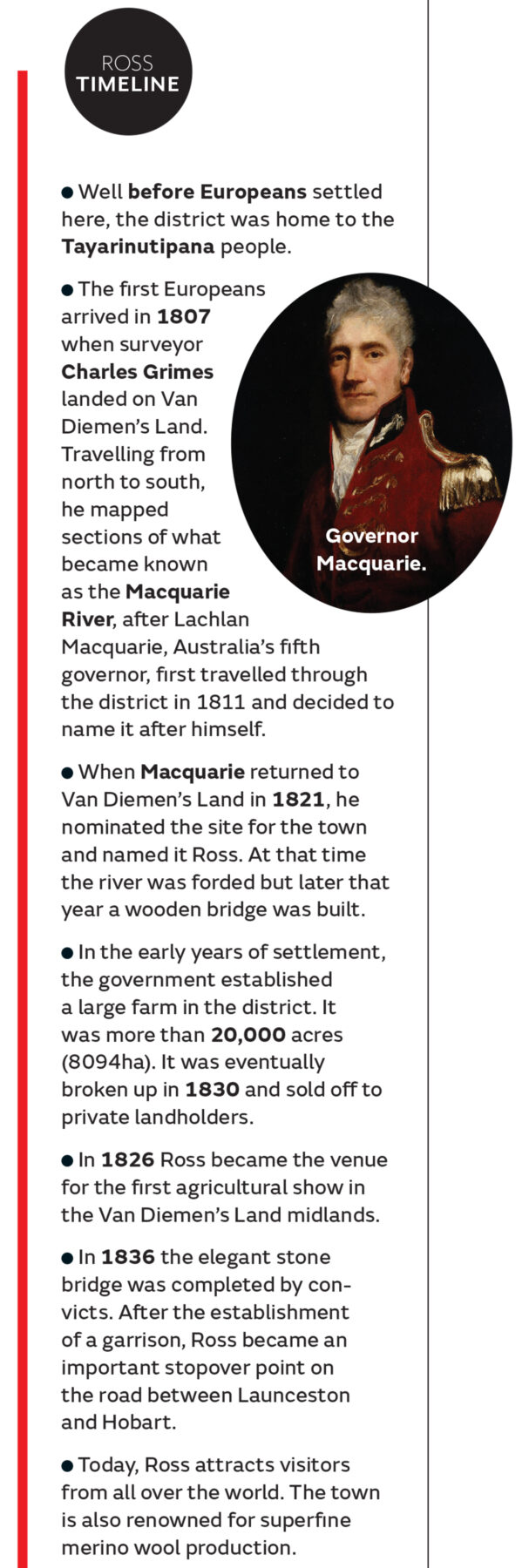A complete guide to Ross, TAS

The “most beautiful of Tasmania’s 19th century colonial towns” is how Ross is often described.
As well as having one of Australia’s most impressive bridges, Ross is special because its small number of cafes and gift shops are unobtrusive, discreet and low-key.
Central to the appeal of the village is the remarkable Ross Bridge – one of the country’s finest convict structures and a genuine work of art – and the unique town centre with its four corners labelled, by droll locals, Temptation, Recreation, Salvation and Damnation.
The township of Ross is characterised by structures built from the warm local sandstone that are beautifully and sensitively preserved, and deserve to be savoured in a leisurely way. The town’s peaceful ambience allows visitors to imagine what it must have been like to have lived and worked here more than a century ago.
In case you need another reason to visit, it’s famous for the world’s best vanilla slice.

Places of interest
1. Ross Bridge
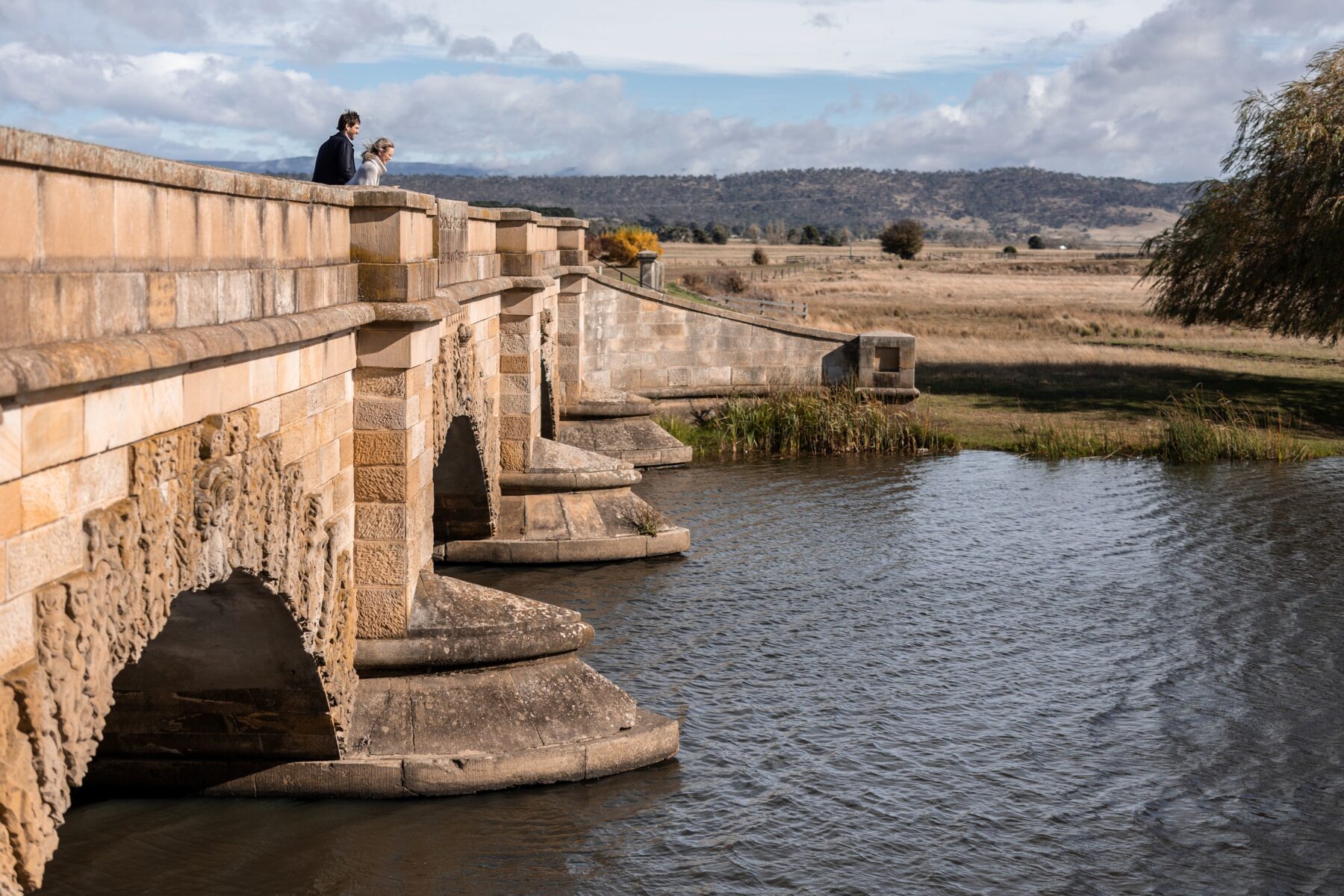
The 1836 convict-built stone bridge is a highlight of any visit to Ross. Designed by John Lee Archer and commissioned by George Arthur, lieutenant-governor of Van Diemen’s Land, it’s one of the country’s oldest bridges and demonstrates fine skill.
Described by experts as “possibly the richest achievement of the earlier colonial period if not the most significant sculpture on any edifice in the Commonwealth”, its stonemasonry was by Daniel Herbert and James Colbeck. Herbert had been sentenced to death for highway robbery. His sentence commuted to transportation for life, and he arrived in Hobart Town in 1827.
The bridge contains 186 keystones, many believed to be carved by him. Some are thought to be portraits of Herbert, his convict wife, Mary Witherington, fellow convict Jorgen Jorgenson, and officials.
2. Ross Female Factory Historic Site
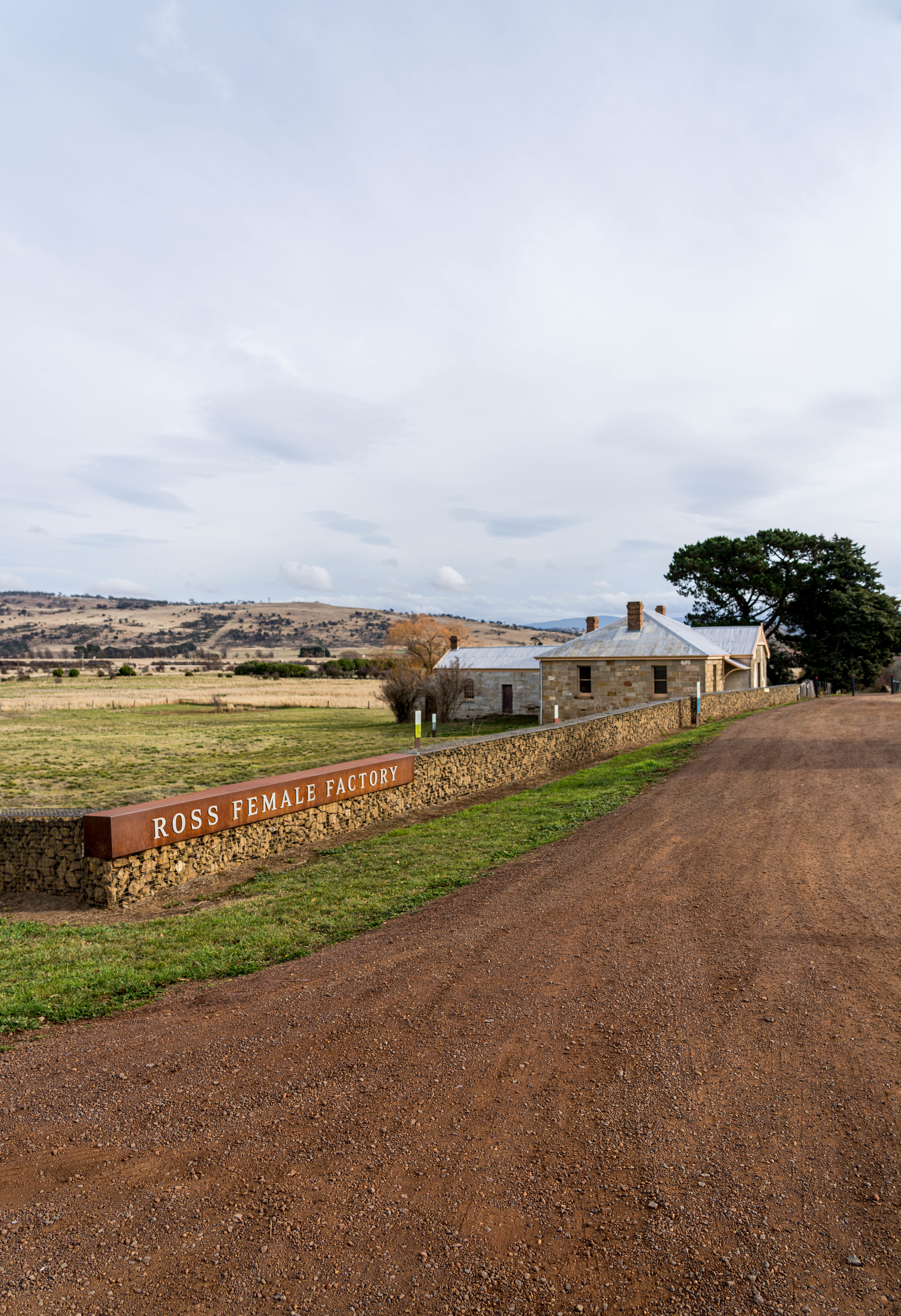
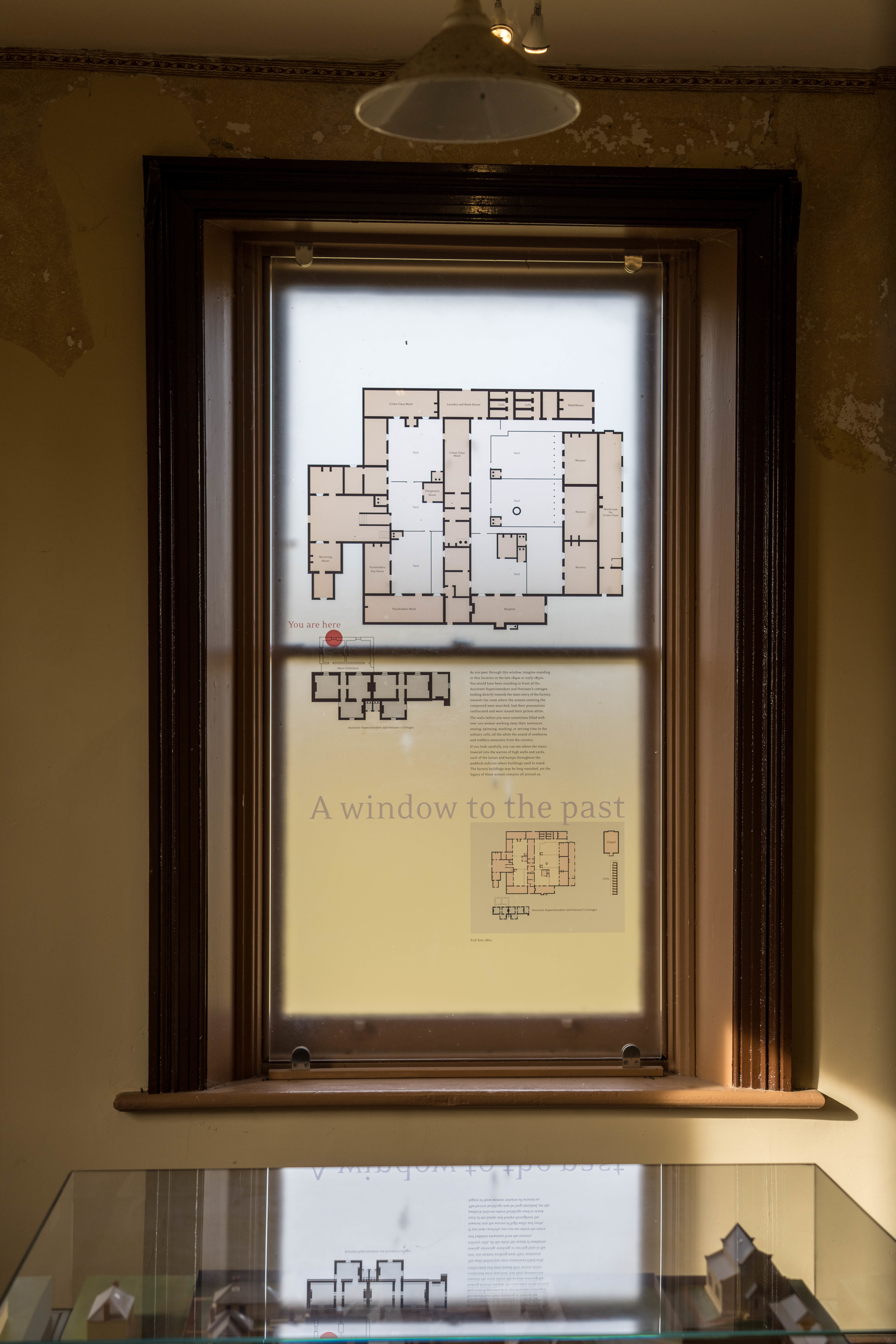
This was originally a male road gang station. But from 1847 to 1854 it was used as a probation station that, at any one time, housed 60–120 women and their babies. It operated as a hiring depot, nursery, probation and punishment station.
The prison was demolished in the 1880s, leaving the foundations intact. The former Overseer’s Cottage houses a small museum.
3. Church Street
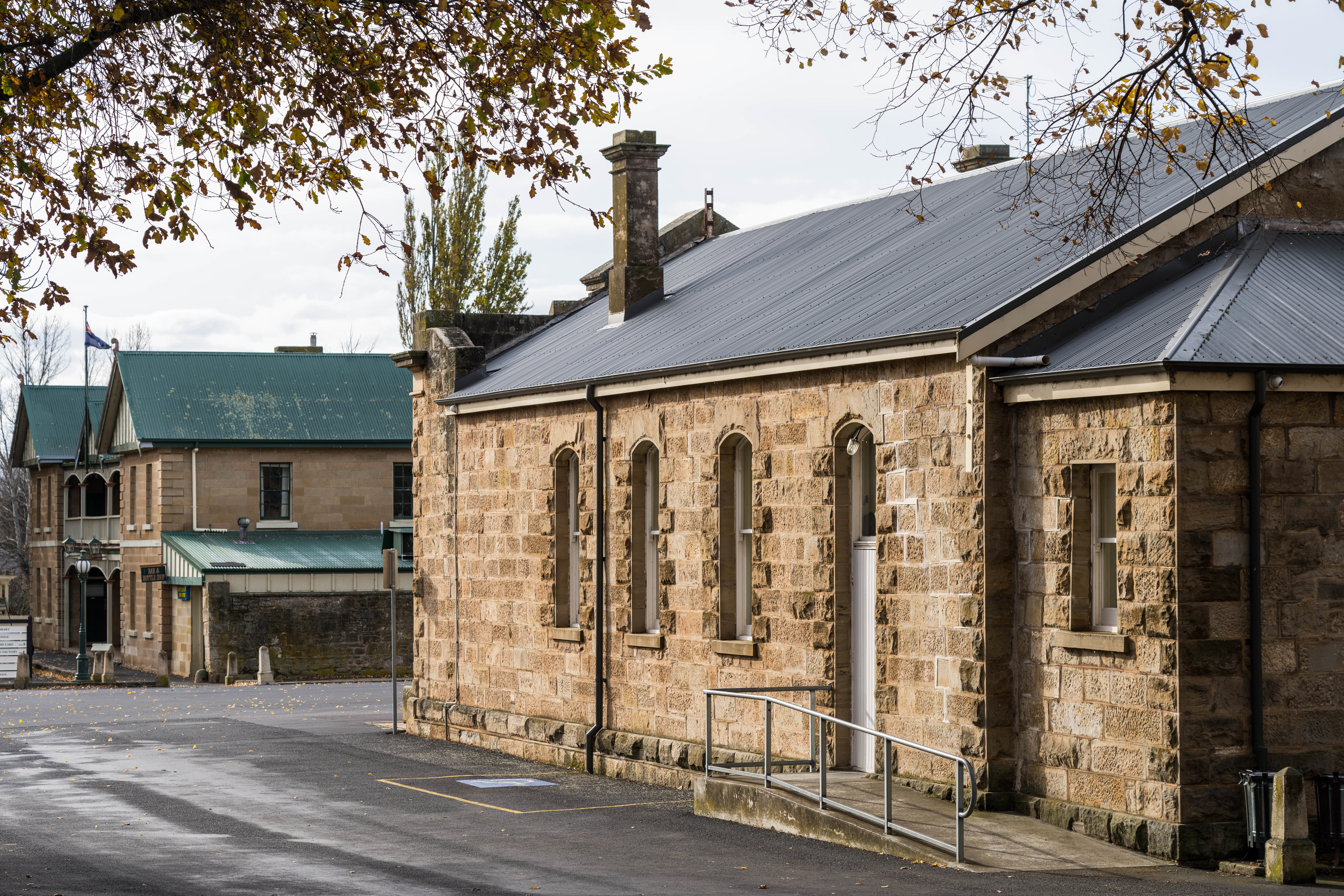
About half of the more than 40 historic buildings in Ross are located on Church Street. Walking its length is an ideal way to experience the town’s rich history.
Stop at the Visitor Information Centre, in the Tasmanian Wool Centre, and buy a copy of the Ross Information Guide or download a guide map.
4. Ross Uniting Church
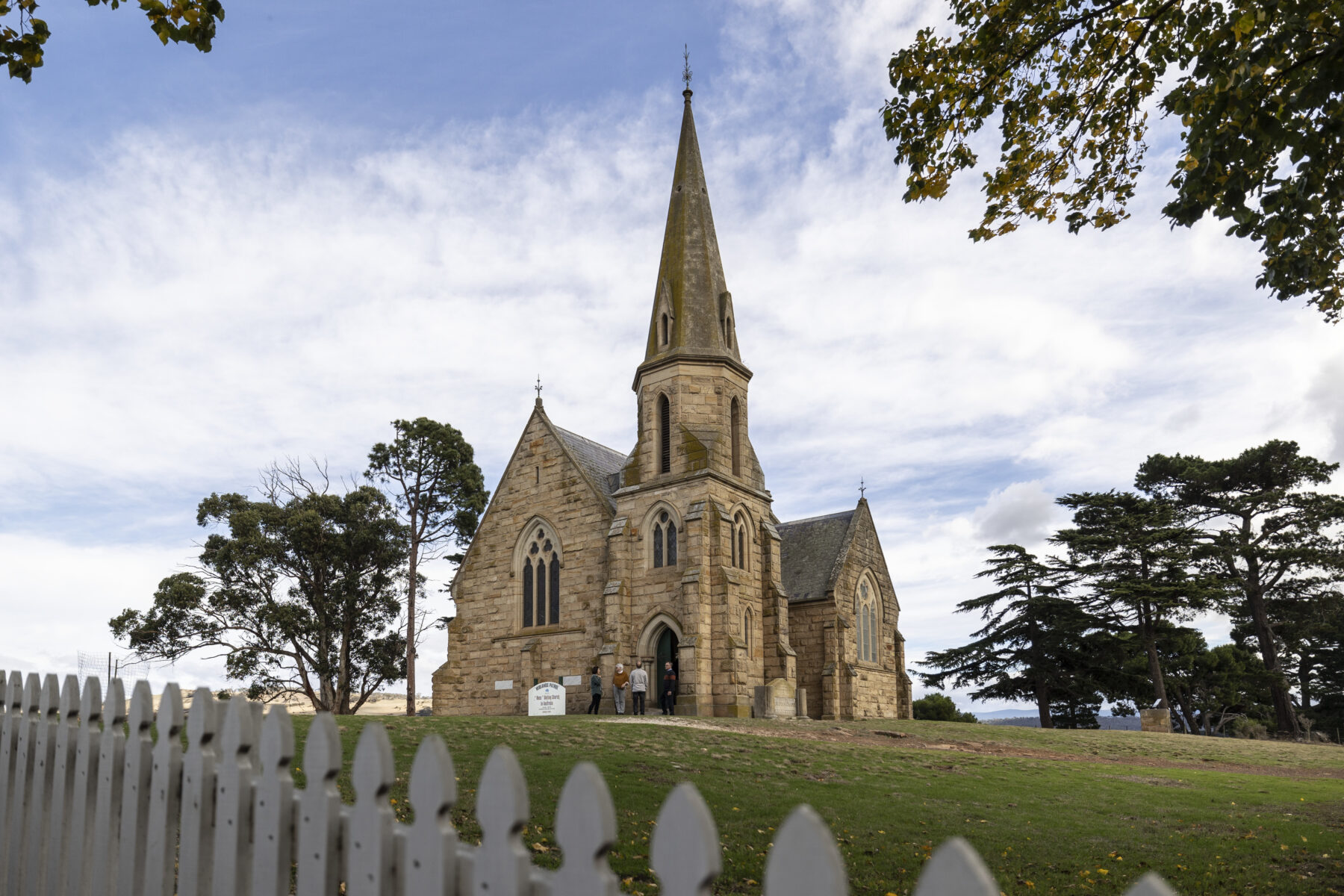
The Ross Uniting Church (formerly Ross Wesleyan Methodist Church), opened in 1885, is impressive for several reasons – hand-carved sandstone walls, Tasmanian blackwood pews and an Oregon wood ceiling.
There is also an Italian marble font featuring carved cherubs and stained-glass windows.
5. Tasmanian Wool Centre

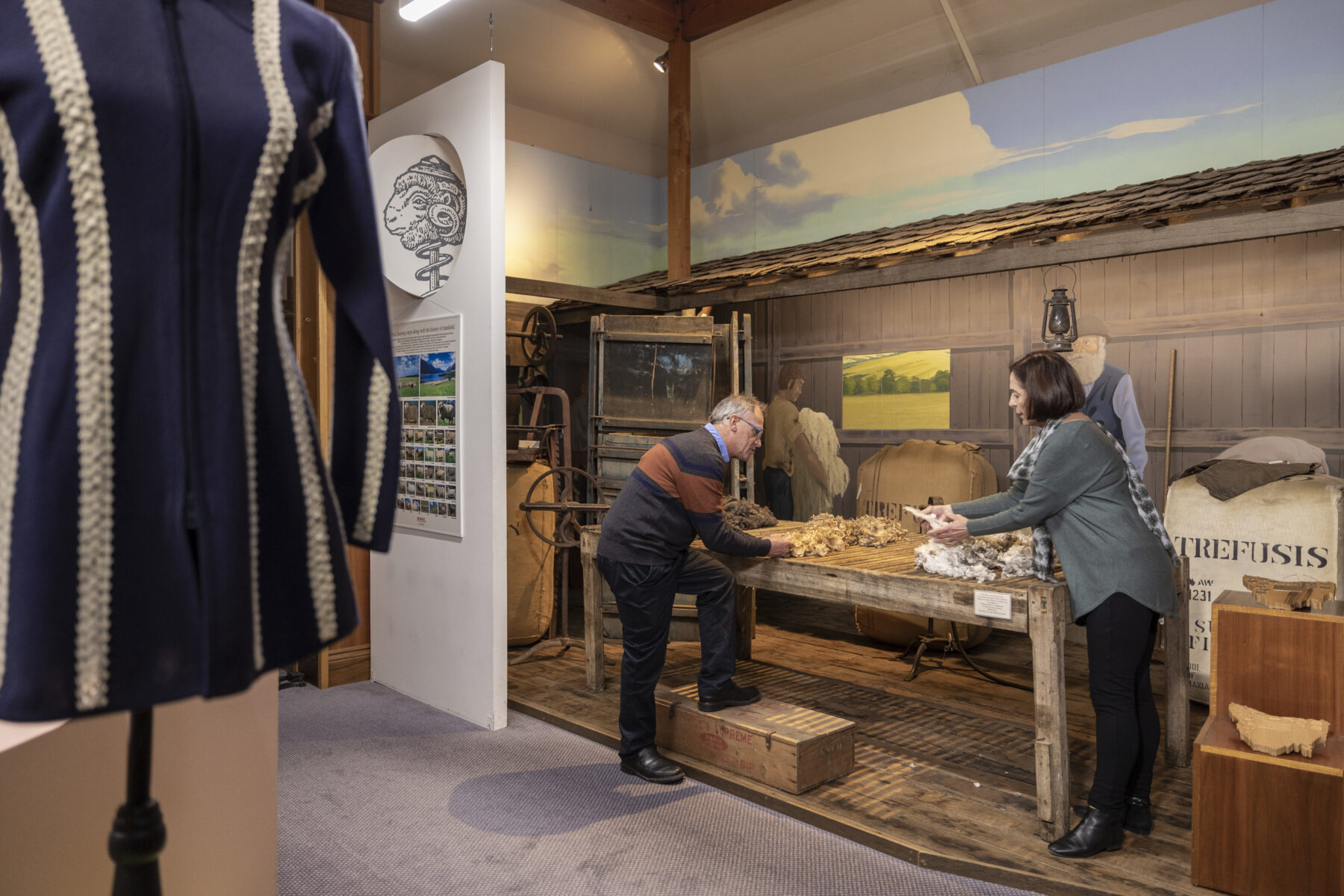
The Tasmanian Wool Centre houses a wool exhibition, museum, retail store and the visitor information centre.
There are fine artistic examples of the uses of wool, including a John Coburn tapestry entitled Canticle.
6. The Four Corners of Ross
Displaying a sense of humour, the locals called the town’s main crossroads – the intersection of Bridge and Church streets – the corner of Temptation, Recreation, Salvation and Damnation.
Temptation was the Man O’ Ross Hotel, Salvation was the Roman Catholic Church (Our Lady of the Sacred Heart), Recreation was the Town Hall, and Damnation was the local jail (now a private residence).
